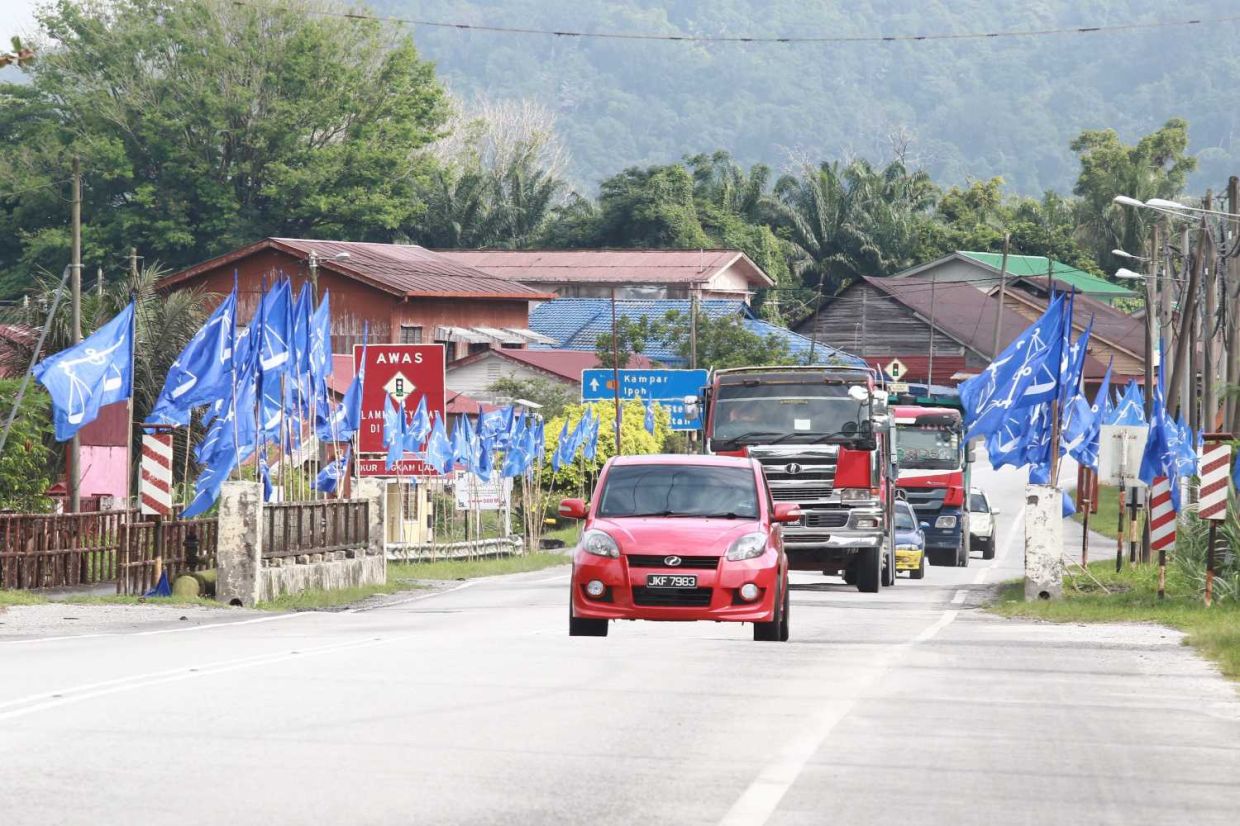
KOTA KINABALU: Sabah’s rarest Rafflesia species (pic) has been discovered in new locations, according to a recent study by the Sabah Forestry Department.
Chief Conservator of Forests Datuk Frederick Kugan said the endemic Rafflesia tengku-adlinii was found in the Bukit Monkobo and Bukit Mentapok Forest Reserve in north-central Sabah during the Heart of Borneo scientific expedition in mid-August. He said this species is the rarest of the three Rafflesia varieties found in Sabah.
Previously, it was only known to exist in the western and central regions, including the Trus Madi Range and Maliau Basin Conservation Area.
This time, researchers identified at least three populations of Rafflesia tengku-adlinii in Gunung Monkobo and another in Gunung Mentapok, said Kugan.
The species is named after prominent Sabah conservationist Datuk Dr Tengku DZ Adlin and was first discovered in 1987 by the late Prof Kamarudin Mat Salleh in the Trus Madi Range.
The flower, measuring 20.5cm to 23.2cm in diameter, is smaller than the other two species and features homogenous orange perigone lobes with roundish orange warts, said Kugan.
“Rafflesias are parasitic plants that depend on a liana, Tetrastigma (Vitaceae) to survive. The host plant of this species has been identified as Tetrastigma diepenhorstii,” Kugan explained.
The discovery was made by a team of researchers led by John Sugau, Dr Reuben Nilus and Razy Japir from the Sabah Forestry Department’s Forest Research Centre, in collaboration with the Beluran District Forestry Office and TSH Resources Berhad.
Kugan emphasised that the finding will enhance conservation efforts in the area, which was regazetted as a Class I Forest Reserve (Protection) in 2015.
Covering 5,443ha, this reserve is nearly entirely surrounded by the Ulu Tungud Forest Reserve, except for its southern border with private land.
The peaks of Monkobo (1,829m) and the adjacent Mentapok (1,581m) are among the lesser-known and largely unexplored mountains in north-central Sabah.
Although officially gazetted as “Bukit”, both are more popularly known as “Gunung” by the locals.










































